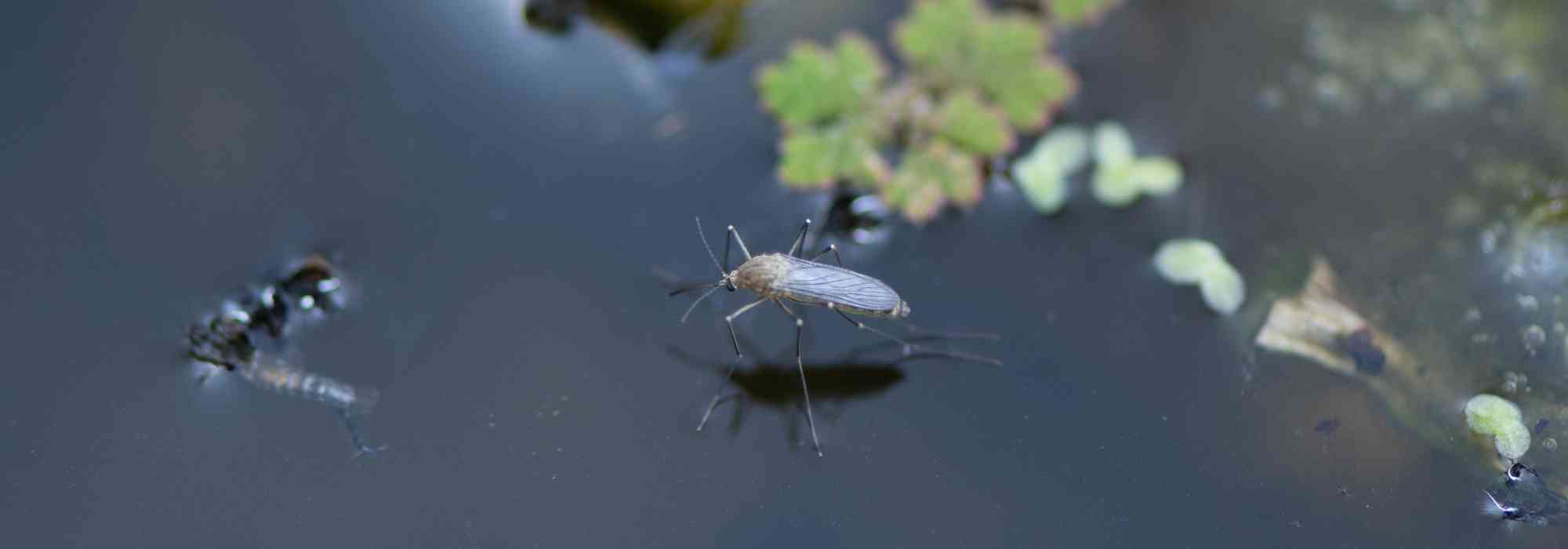
How to naturally control mosquitoes in a pond?
Natural and effective steps for a mosquito-free pond
Contents
Creating an aquatic pond has many aesthetic and ecological benefits. Moreover, it acts as a temperature regulator, providing coolness in summer by increasing humidity (the moisture level in the air).
However, poor design or an unbalanced water feature can lead to certain problems, particularly by encouraging mosquito proliferation. Naturally, in this case, using chemical products to eliminate them is out of the question, as it would completely disrupt this fragile ecosystem. Let’s explore how to act naturally to combat mosquitoes in ponds or water features.
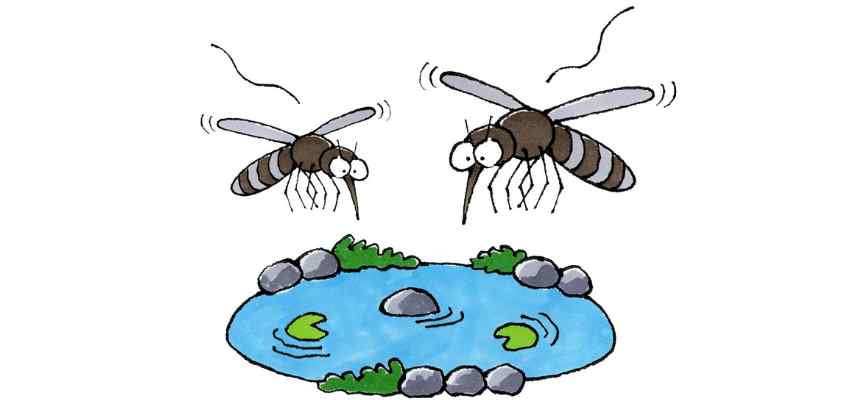
Creating a sufficiently deep pond
The depth of the pond will have an impact on the variety of inhabitants that can thrive there. Simply put, a water feature that’s too small, forming only a puddle, will attract mosquitoes which will find it an ideal breeding ground. On the other hand, natural predators, such as amphibians (frogs, newts, toads, salamanders…) or insects (dragonflies, beetles) won’t be able to establish themselves permanently. This is where the imbalance occurs and favours the proliferation of unwanted species. A water surface that’s too small thus ensures female mosquitoes that their offspring can develop without the risk of being eaten. As a preventive measure, the ideal is to maintain at least 80 cm depth year-round in the pond. Also consider creating different levels so that animals can access it easily.
Let’s take this opportunity to debunk a common misconception: ponds are not the spaces most likely to encourage mosquito infestations. Remember that the areas most colonised by these insects are actually artificial water features with concrete or plastic linings. A simple tarpaulin holding stagnant water or a plant pot saucer will prove far more attractive and conducive to their proliferation.
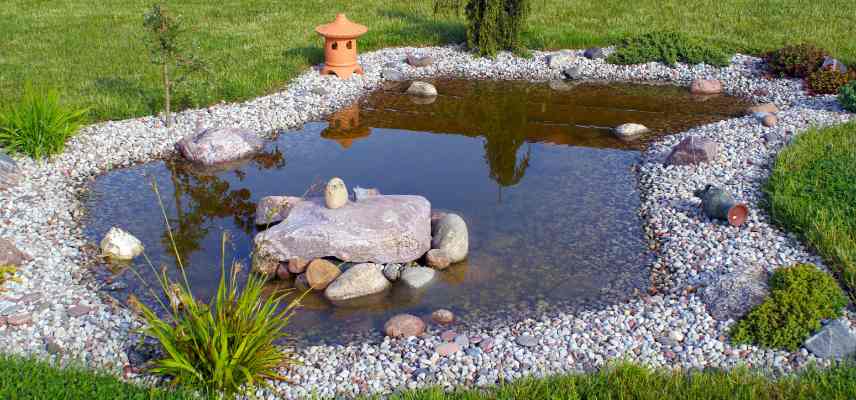
A pond that’s too shallow doesn’t encourage the establishment of natural mosquito predators
Growing aquatic plants
Here again, the presence of suitable plants will encourage natural predators of mosquitoes and their offspring. But they will also contribute to the overall balance of the pond.
To choose the right aquatic plants for your space, you’ll need to consider:
- your soil type (clayey, silty, sandy, rich in organic matter, poor in nutrients…);
- the exposure of the pond or marsh (sunny, dappled shade, shaded…);
- the depth of the marsh (some plants are floating, while others can be planted in water between 5 cm and 80 cm deep);
- the size of the water feature (some aquatic plants, like lotus, can reach up to 2 metres in spread).
Opting for plants suited to your growing conditions ensures healthy development with minimal care.
For a balanced pond, the idea is to cultivate several types of plants to promote harmony and equilibrium.
- Floating plants. Positioned in the middle of the water feature, they are often prized for their aesthetic appeal. But that’s not all—they can also serve as food for pond inhabitants, provide shelter by casting shade, or act as landing zones for flying insects like dragonflies. This is particularly true of water lilies or duckweed.
- Oxygenating plants, which remain fully submerged. They produce oxygen essential for pond life, compete with algae that can smother the space, and encourage the presence of beneficial bacteria (those that break down organic matter). Among them are water milfoil, mare’s tail, or water starworts.
- Semi-aquatic plants, which keep their heads above water. Again, they serve an aesthetic role but also provide shelter and refuge for pond wildlife. Some also help purify the water, such as yellow flag iris, bogbean, or common spike-rush.
- Plants grown alongside, such as marginal perennials, true intermediaries between aquatic and terrestrial environments. Some will thrive with their feet slightly in water, while others will be content with soil that stays moist in summer. They help stabilise the pond edges thanks to their root system, reducing erosion risks. They also create shelter zones for wildlife (birds, amphibians, insects…). Among them are Arums, bulrushes, rushes, common comfrey, water mint, or certain sedges.
For further reading, we invite you to check out our article: Choosing aquatic plants for a pond or water feature.
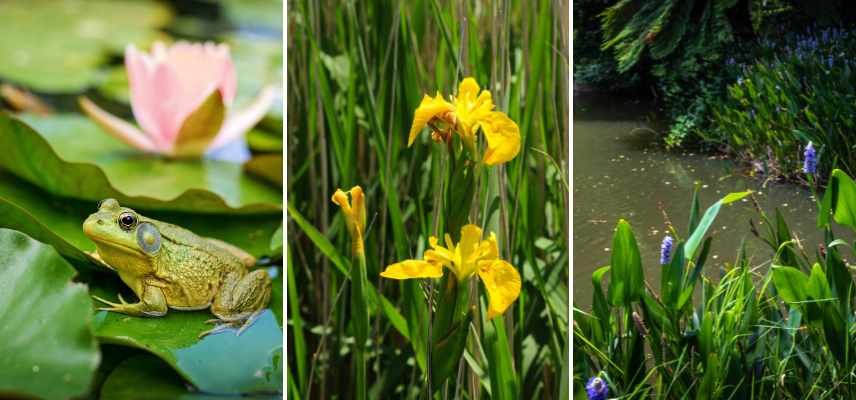
Aquatic plants are essential for the proper balance of your pond
Promote water movement
Female mosquitoes seek out stagnant water to lay their offspring. To reduce the risks, one solution is to create constant movement in the water, for example with a fountain or waterfall. Opt for solar-powered models that operate in a closed cycle.
Installing a pump, which helps aerate the pond and oxygenate the water, also helps limit mosquito breeding.
Ensure the proper balance of water
In a pond or water feature, water balance is essential. It ensures the health of plants, any fish, and the overall aesthetics of the area. Several factors influence it:
- nutrients;
- natural light;
- temperature;
- the presence of living organisms.
Managing nutrient levels is particularly crucial. To achieve this, avoid excessive fertiliser use near the pond, limit fish populations if present, and plant water-purifying plants. You can test your water quality to ensure parameters (pH, hardness, nitrate levels, etc.) are well-balanced. Finally, remember to clean your pond occasionally to remove plant debris.
Well-managed water guarantees a balanced, naturally regulated pond that attracts natural mosquito predators.
To learn more, read our article: Secrets of a Perfect Pond: Mastering Water Balance
Using organic treatments and traps against mosquitoes
If you’re facing a significant mosquito infestation in your pond, you can resort to certain organic control products. There are indeed larvicides based on the bacterium Bacillus thuringiensis, which allow for natural treatment of infested areas. They have the advantage of being harmless to fauna and flora. However, be careful not to use them systematically: if predators can no longer find food, they will inevitably abandon the pond, creating a vicious cycle.
There are also traps designed to attract female mosquitoes seeking a breeding site. These often come in the form of a bucket with an adhesive strip inside, which traps the pest, preventing it from laying eggs and escaping. A good way to break the reproduction cycle without chemicals.
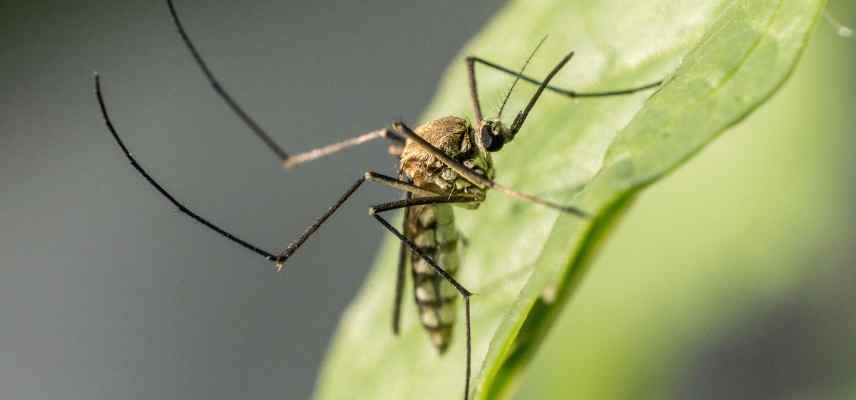
Should you introduce fish into your pond to control mosquitoes?
The answer isn’t that straightforward. While fish can indeed feast on mosquito larvae, they may also eat other mosquito predators, including dragonfly larvae. Moreover, a poorly managed population can negatively impact the overall balance of the medium and the quality of the water, which may encourage mosquito presence. If controlling mosquitoes is the sole reason for introducing fish, it’s better to opt for alternative solutions.
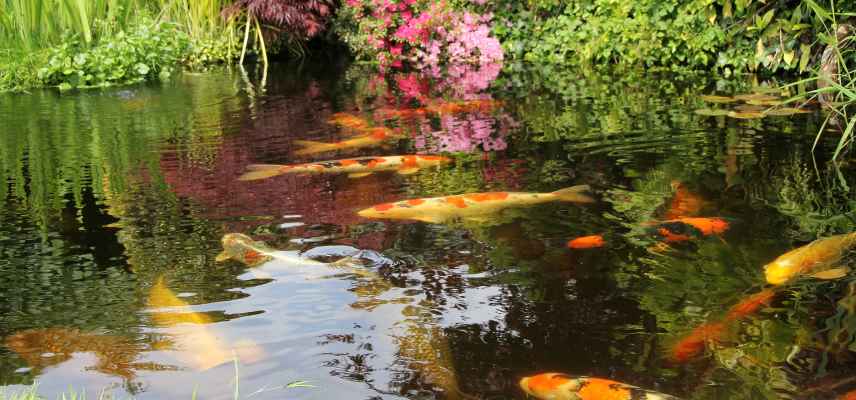
- Subscribe!
- Contents































Comments